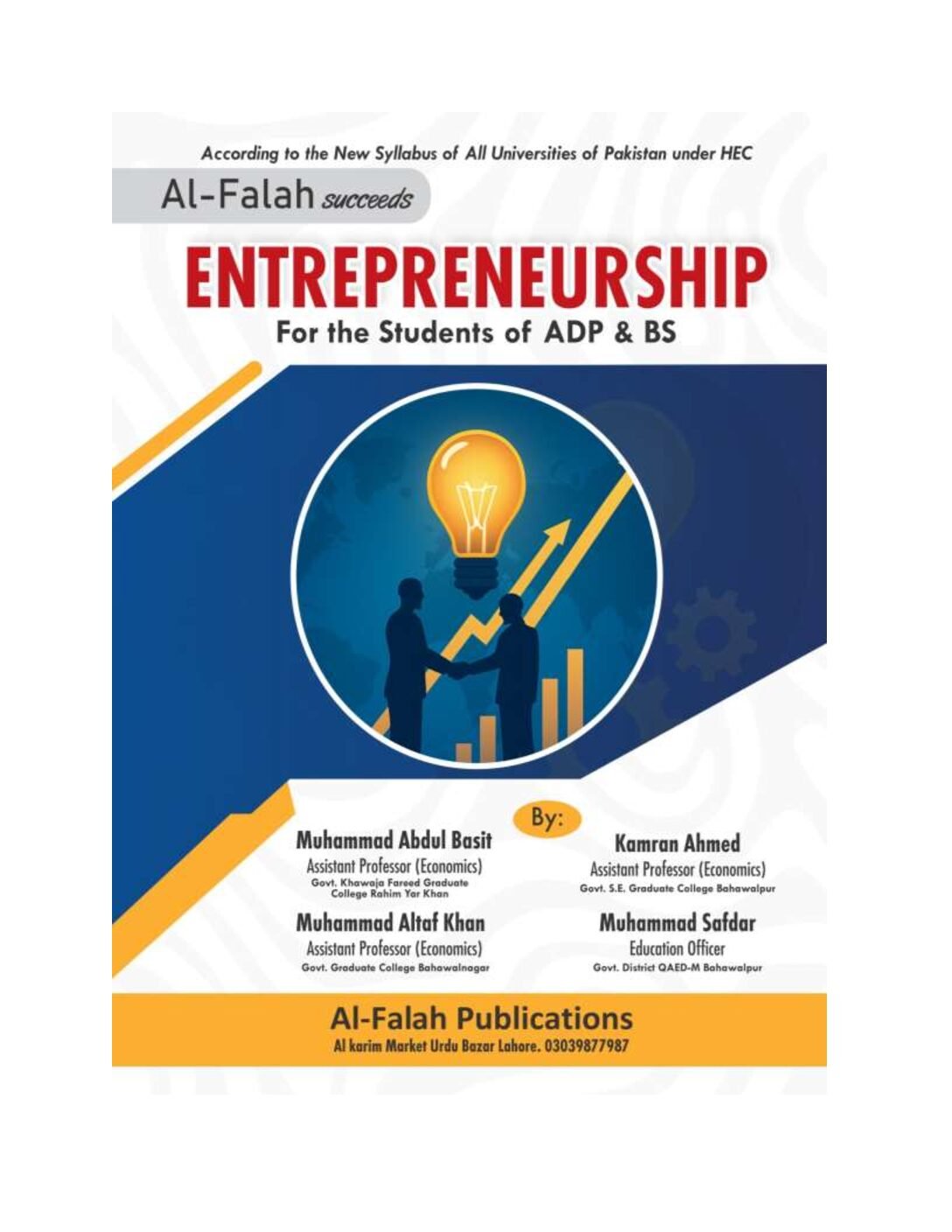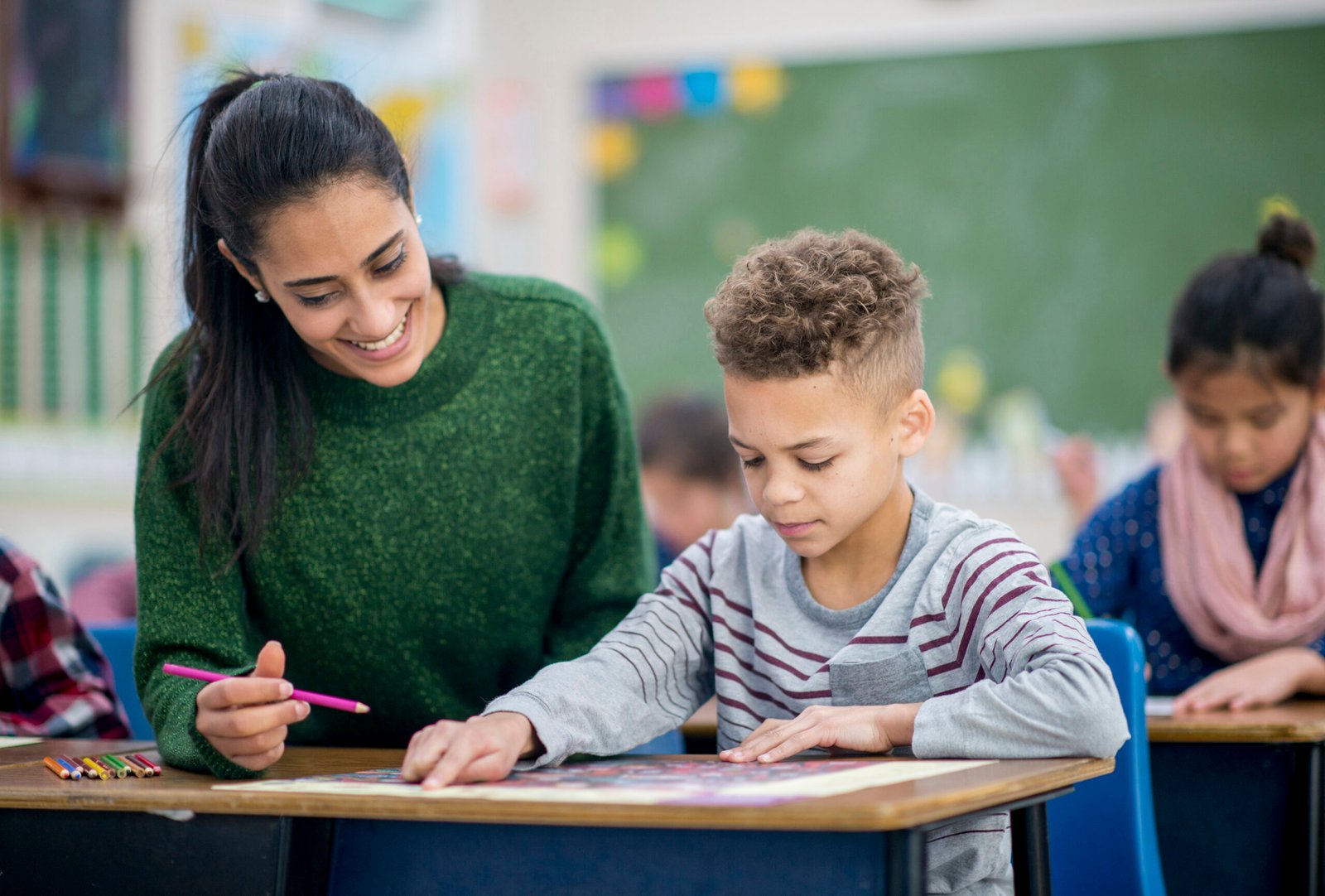How to Improve Digital Literacy in Remote Learning Environments
Boost digital literacy in remote learning with proven strategies for students & teachers. Master essential tech skills for effective online education.

Digital literacy in remote learning environments has become a fundamental requirement for students, educators, and parents in today’s tech-driven education system. With the rapid shift to online education, the ability to effectively use digital tools, evaluate online information, and engage in virtual collaboration is no longer optional it’s essential. However, many learners still face challenges in adapting to these digital demands, leading to gaps in participation and academic success. This article explores actionable strategies to enhance digital literacy in remote learning environments, ensuring that all participants can navigate and excel in digital education spaces.
The importance of digital literacy in remote learning environments extends beyond basic technical skills it encompasses critical thinking, cybersecurity awareness, and ethical online behavior. Students must learn how to leverage learning management systems (LMS), video conferencing tools, and digital resources efficiently. At the same time, educators need proper training to deliver engaging online lessons, while parents play a crucial role in reinforcing these skills at home. By addressing these aspects, we can create a more inclusive and effective digital learning ecosystem that empowers learners for long-term success.
How to Improve Digital Literacy in Remote Learning Environments
Understanding Digital Literacy in Remote Learning
Digital literacy goes beyond basic computer skills it encompasses the ability to find, evaluate, and use information responsibly in a digital world. In remote learning environments, students must be proficient in using learning management systems (LMS), video conferencing tools, and online collaboration platforms. Without these skills, learners may face difficulties in accessing resources, communicating with peers, or completing assignments efficiently. Therefore, fostering digital literacy is key to ensuring equitable and effective education in virtual settings.
Integrating Digital Skills into the Curriculum
One of the most effective ways to improve digital literacy is by embedding digital skills training directly into the curriculum. Schools and institutions should design courses that teach students how to use essential tools like Google Classroom, Zoom, and Microsoft Teams. Additionally, lessons on online research, cybersecurity, and digital ethics should be included to help learners navigate the internet safely and responsibly. By making digital literacy a core component of education, students can develop these skills organically alongside traditional subjects.
Providing Professional Development for Educators
Teachers play a pivotal role in fostering digital literacy, but many educators may lack confidence in using new technologies. Institutions should offer professional development programs that train teachers on the latest e-learning tools and instructional strategies. Workshops on interactive teaching methods, digital assessments, and virtual classroom management can empower educators to deliver more engaging and effective lessons. When teachers are well-versed in digital tools, they can better support their students in a remote learning environment.
Encouraging Hands-On Practice
Theoretical knowledge alone is insufficient for mastering digital literacy students need hands-on experience. Schools should encourage learners to experiment with different digital tools through project-based assignments, interactive quizzes, and virtual group collaborations. Gamification techniques, such as badges and leaderboards, can also motivate students to engage more deeply with technology. The more students practice, the more comfortable and proficient they become in a remote learning setting.
Promoting Parental Involvement
Parents and guardians are crucial in reinforcing digital literacy, especially for younger learners. Schools can organize digital literacy workshops for parents, teaching them how to assist their children with online learning platforms and internet safety. Providing guides on screen Time management, cyberbullying prevention, and secure browsing can help parents create a supportive remote learning environment at home. When families are involved, students are more likely to develop strong digital skills.
Accessible Digital Resources
Not all students have access to high-end technology, but many free digital resources can bridge the gap. Platforms like Khan Academy, Coursera, and YouTube Edu offer valuable learning materials that enhance digital literacy. Schools should compile a list of open educational resources (OERs) and share them with students to encourage self-paced learning. Additionally, governments and NGOs can support digital inclusion by providing affordable devices and internet access to underserved communities.
Teaching Critical Thinking
In an age of information overload, students must learn to discern credible sources from misinformation. Incorporating media literacy into the curriculum helps learners evaluate online content critically. Lessons on fact-checking, recognizing bias, and identifying fake news are essential for developing informed digital citizens. By strengthening these skills, students can navigate remote learning environments more effectively and responsibly.
Implementing Peer Learning
Collaborative learning can significantly boost digital literacy. Schools can establish peer mentorship programs where tech-savvy students assist their peers in mastering digital tools. This approach not only enhances technical skills but also fosters teamwork and communication. Additionally, older students or alumni can serve as digital mentors, providing guidance on best practices for online learning.
Assessing Digital Literacy Progress Regularly
Implement Structured Digital Skills Assessments
Regular evaluations help track students’ proficiency in using remote learning tools, online research, and cybersecurity best practices. Quizzes, interactive tasks, and scenario-based tests provide measurable insights into their digital literacy growth. Schools should align assessments with key competencies like navigating LMS platforms, troubleshooting tech issues, and responsible internet usage.
Use Real-World Application Tasks
Instead of relying solely on theoretical tests, assign hands-on projects requiring digital tool utilization, such as creating presentations, collaborating on shared documents, or evaluating online sources. This approach ensures students can apply skills in practical remote learning scenarios, reinforcing long-term retention and adaptability.
Gather Feedback Through Surveys
Anonymous student and teacher surveys reveal pain points in digital literacy training, while self-assessment checklists encourage learners to reflect on their progress. Combining feedback with performance data helps educators refine instruction and provide targeted support where needed.
Monitor Engagement in Online Learning Platforms
Analytics from LMS dashboards (e.g., login frequency, assignment completion rates, discussion participation) offer objective metrics on digital engagement. Low interaction may signal gaps in tech competency or accessibility barriers that require intervention.
Adjust Training Based on Data Trends
Identify patterns in assessment results such as repeated struggles with video conferencing or file management and adapt curricula accordingly. Periodic reassessments ensure interventions effectively boost digital literacy over time.
Recognize Progress with Certifications
Motivate learners by awarding digital credentials for mastering skills like cybersecurity basics or multimedia creation. Gamification fosters accountability and celebrates milestones in remote learning proficiency.
Read More: Teaching Digital Citizenship in the Age of AI and Misinformation
Conclusion
Enhancing digital literacy in remote learning environments is crucial for ensuring equitable access to quality education in our increasingly digital world. By implementing structured digital skills training, providing ongoing support for educators, and fostering collaborative learning opportunities, institutions can empower students to navigate online education with confidence. When learners develop strong digital literacy in remote learning environments, they gain not only technical proficiency but also critical thinking skills that prepare them for future academic and professional challenges.
As technology continues to evolve, maintaining and improving digital literacy in remote learning environments must remain a priority for schools, policymakers, and families. Investments in infrastructure, teacher training, and accessible resources will help bridge the digital divide and create more inclusive learning experiences. By prioritizing these efforts, we can ensure that all students—regardless of their background—have the tools and knowledge needed to succeed in an increasingly digital educational landscape. The future of learning is digital, and strengthening digital literacy in remote learning environments today will pave the way for a more skilled and adaptable generation tomorrow.
FAQs
What is digital literacy in remote learning?
Digital literacy in remote learning refers to the ability to effectively use technology, online tools, and digital resources for education, including navigating learning platforms, evaluating online information, and practicing safe internet usage.
Why is digital literacy important for online education?
Strong digital literacy skills ensure students can access lessons, collaborate virtually, and complete assignments efficiently, reducing learning gaps in remote learning environments.
How can teachers improve digital literacy in their classrooms?
Educators can integrate digital skills training into lessons, use interactive e-learning tools, and participate in professional development programs to enhance tech-based teaching strategies.
What role do parents play in developing digital literacy?
Parents can support digital literacy in remote learning by monitoring screen time, guiding safe internet use, and encouraging practice with educational apps and online resources.
Are there free tools to help students build digital literacy?
Yes, platforms like Khan Academy, Google Digital Garage, and BBC Bitesize offer free courses on essential digital literacy skills for remote learners.











